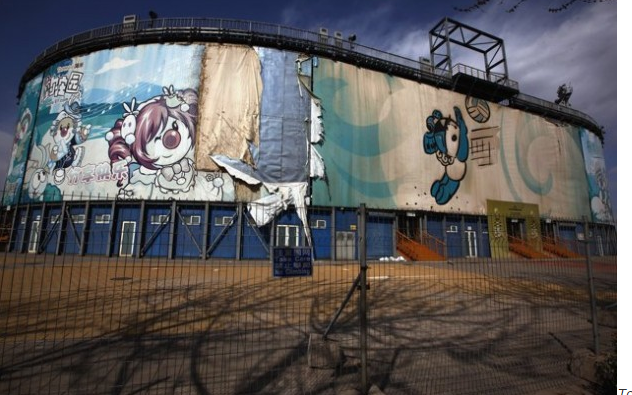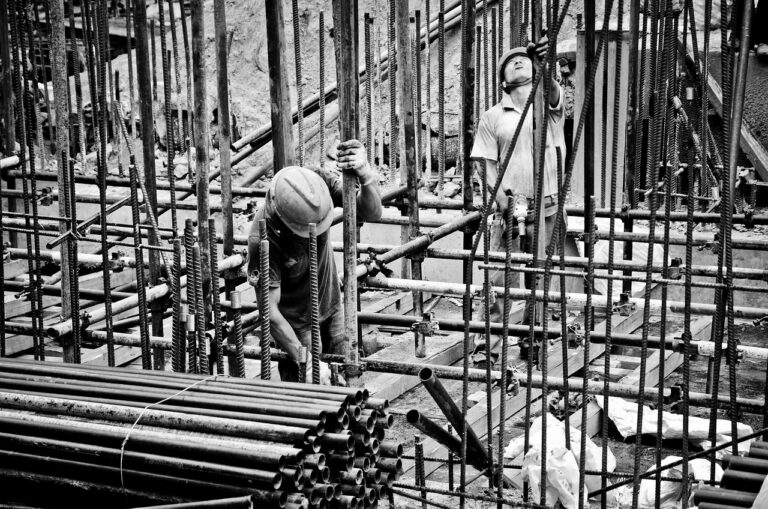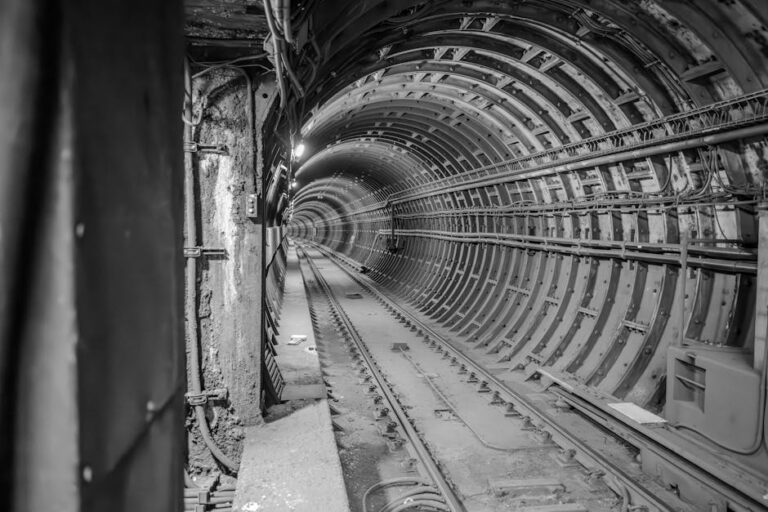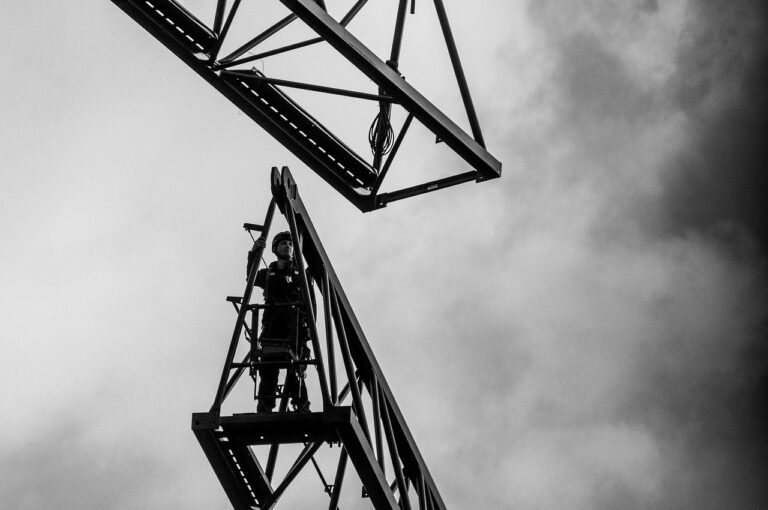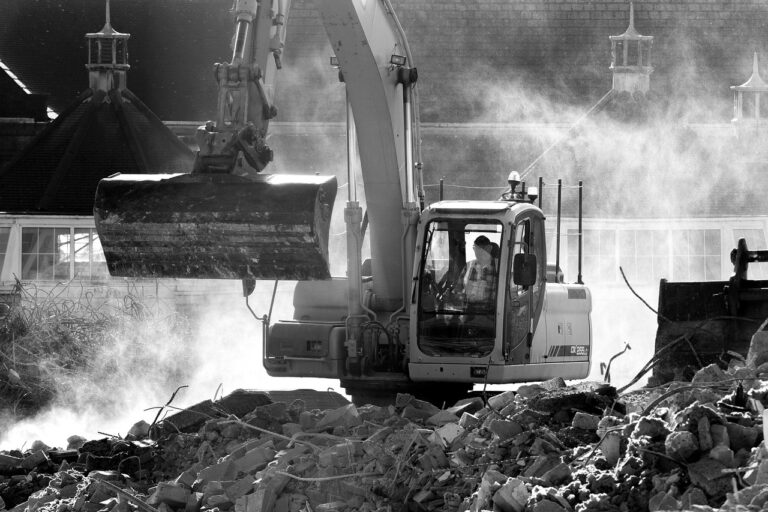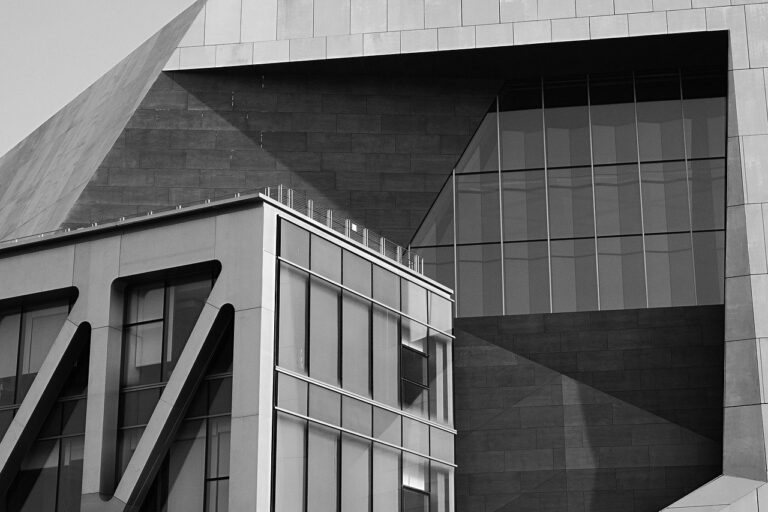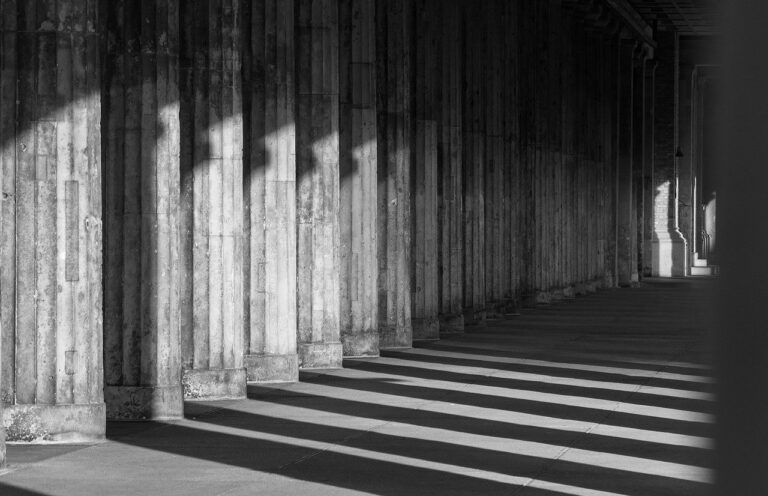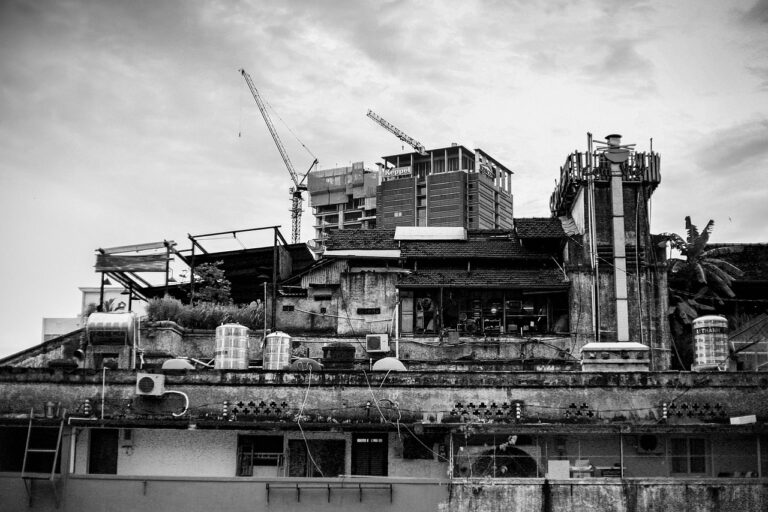“Megaprojects must be considered in the context and of their impetus – or raison d’être, and their impact – preconstruction
which includes cultural, social, economic, and environmental impact and significance, in order to try to piece together their historic relevance, if any. Inevitably, they are a statement of ethos, one that speaks to a culture’s particular brand of ideology. For example, the primal symbolism of New York City’s Freedom Tower, cum One World Trade Center, cannot be fully understood without a discussion of 9/11; Tell el Amarna, without a discussion of Atenism, and Milton’s Pandemonium, without an understanding of Catholicism in 17th century Great Britain. Once in proper context, dialectic can then take place comparing the ancient with the modern.
The absence of historical anecdotal information poses specific challenges when considering ancient contexts and impact perspectives. On the other hand; sustainability and virtual immortality are key indicators of positive megaproject contexts. Accordingly, we may note the staying power (permanence) of the Giza Pyramids, the iconoclasm of Amarna, but not as yet, the relevance of the Freedom Tower, but we can discern between them, and hedge our bets accordingly.
Let us say ‘the antithesis of any megaproject we may describe as an anti-megaproject.’ Such an undertaking must fail in every way possible to warrant such a distinction. But doesn’t that describe most large enterprises, or megaprojects? While in Rome, John Milton would have seen the recently completed St. Peters, a structure which he perceived as garishly symbolic of the church’s excesses and abuses. He would draw on his impressions of St. Peters when he created Pandemonium, in his Paradise Lost, Book I:
Anon out of the earth a Fabrick huge [ 710 ]
Rose like an Exhalation, with the sound
Of Dulcet Symphonies and voices sweet,
Built like a Temple, where Pilasters round
Were set, and Doric pillars overlaid
With Golden Architrave; nor did there want [ 715 ]
Cornice or Freeze, with bossy Sculptures grav’n,
The Roof was fretted Gold …
Th’ ascending pile
Stood fixt her stately highth,
and strait the dores
Op’ning thir brazen foulds discover wide
Within, her ample spaces, o’re the smooth [
725 ]
And level pavement: from the arched roof
Pendant by suttle Magic many a row
Of Starry Lamps and blazing Cressets fed
With Naphtha and Asphaltus yeilded light
As from a sky. The hasty multitude [730 ]
Admiring enter’d, and the work some praise
And some the Architect (Milton)
Pandemonium was Satan’s anti-megaproject; the antithesis of Heaven – God’s megaproject. The devils were clearly divided as to whether the architect or builder was to be congratulated. But then, this epic simile might describe various modern day resorts and casinos. In the 17th century, the impact of that text was very acute.
Today, the Baroque lobbies of the Venetian Casino, in Las Vegas, with its polyurethane foam vaults, cornices, and friezes, were ironically sculpted by a talented old-world Italian casting company, who could work in stone, equally as well. Visitors train their eyes upward at the gold ceilings in much the same way they did in Pandemonium: uneasily impressed. That all will seem relatively trite as advances in 3D printing overtake that industry.
Timelessness, or the ability of any structure to translate across cultures and history, is the character of a universal masterpiece. The Egyptian pyramids serve as such a timeless, universal megaproject, because they appeal to collective sensibilities. Even the other Ancient six Wonders did. Megaprojects that are singular or particular to a specific culture in purpose, do not translate well across cultures. Churches, mosques, and synagogues all belong to this category, as do mining and refining, and military and political operations.
For example, in return for shiny new football stadiums, and roads and trams leading to them, African officials lease land rights to Chinese investors to strip-mine their land, thus rendering the land unusable by creating brownfields, erosion, or other environmental catastrophes, that are not well represented in the media.[iii] The Chinese invest some $60-70B/yr. in African construction and mining projects. By comparison, DeLoitte says the US is only expected to invest some $2.5B in the DRC and South Africa, to 2018, for a grand-total of $18B in the continent[iv]. Why don’t Africans build their own stadiums? because the continent suffers from a $900B deficit.[v] Below, illegal Chinese bankrolled fool’s gold mining operations in Ghana.
Early Egyptians pharaohs were motivated to erect their pyramids and funeral/afterlife complexes to honor their gods, and as vehicles for a pharaoh’s ka[vi], in the afterlife. These first and most impermanent of all megaprojects were intended to be awe inspiring – transporting the viewer to a higher state of spirituality. It was this same celestial, transporting experience that induced Mayans to build their stepped temples, and medieval architects to design their soaring gothic cathedrals. Salvadori believes the Gothic style was a way of (literally) bringing the church out of the Dark Ages:
The Romanesque cathedrals had been massive, dark structures, where pious men of the Middle Ages hid in fear and looked for God. The Gothic cathedrals, conversely, opened themselves to the light of the outer world, transforming it, making it unearthly. They appeared transparent and diaphanous. Their unfathomable height expressed the aspiration of humanity toward a God to be loved and sought in the nave by the light of day, as well as in the penumbra of the candlelit chapels (Salvadori, 1980)
Built-megaprojects are exclusively products of the civilization that spawns them, until another comes along and builds on top of them; as did the pompous and heinous Attare della Patria displace a large section of the Capitoline Hill. Rome’s reviled ‘wedding cake,’ was intended to honor Italy’s King Emmanuel, II, but instead offends the eye, with its random and garish assortment of miscast Greek and Teutonic elements. The complex obliterated a large area of the Capitoline Hill, and adjacent ancient neighborhoods in its wake. It also hearkens back to memories of Mussolini’s fascist government. It’s not hard to imagine the impact the monstrosity made, and continues to make.
[i]
[ii] https://repone.net/uncategorized/influence-bim-hype-just-hopeful/
[iii]
[iv]
[v] http://thediplomat.com/2015/12/africa-and-chinas-construction-market/
[vi] His spirit
